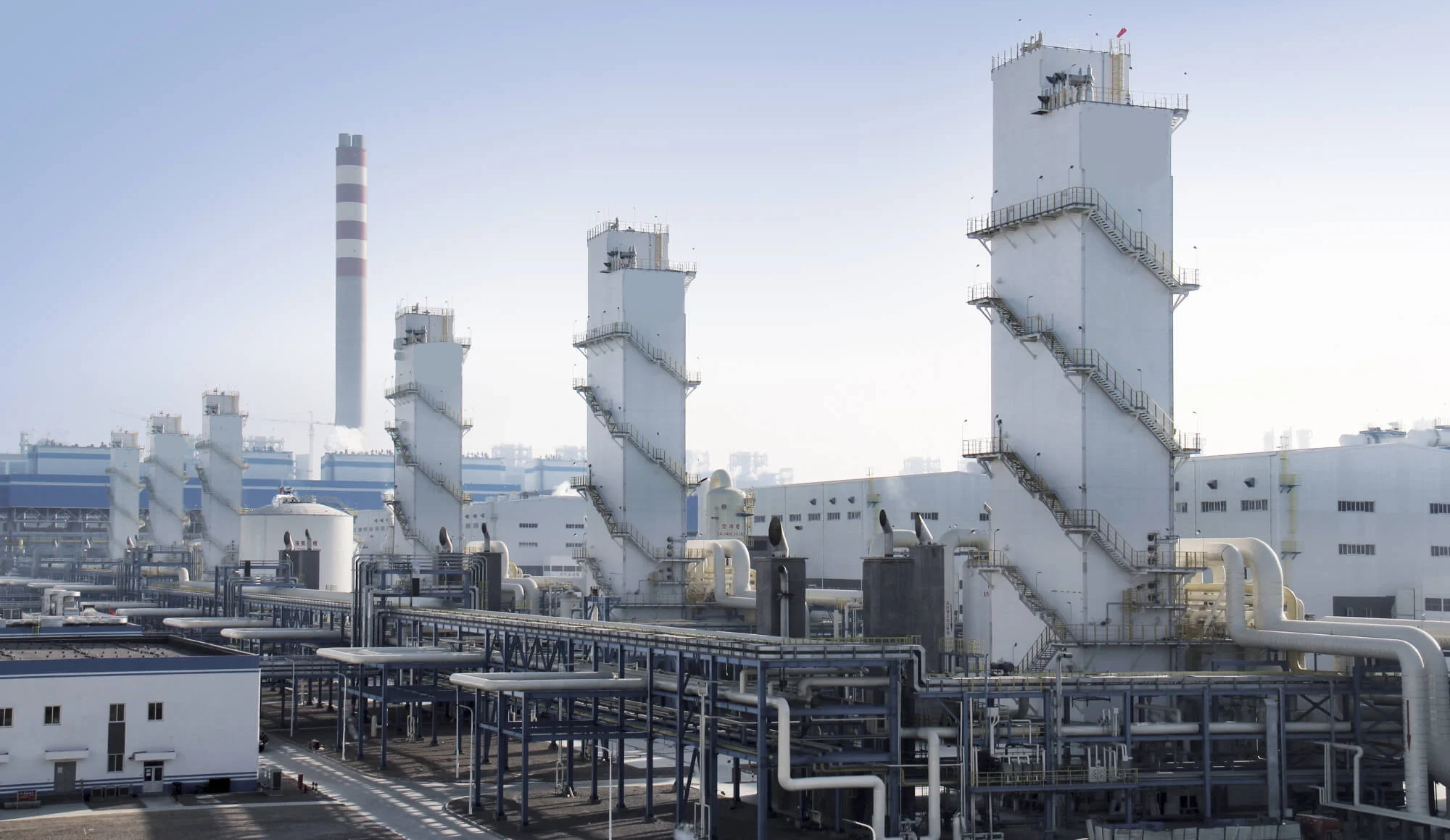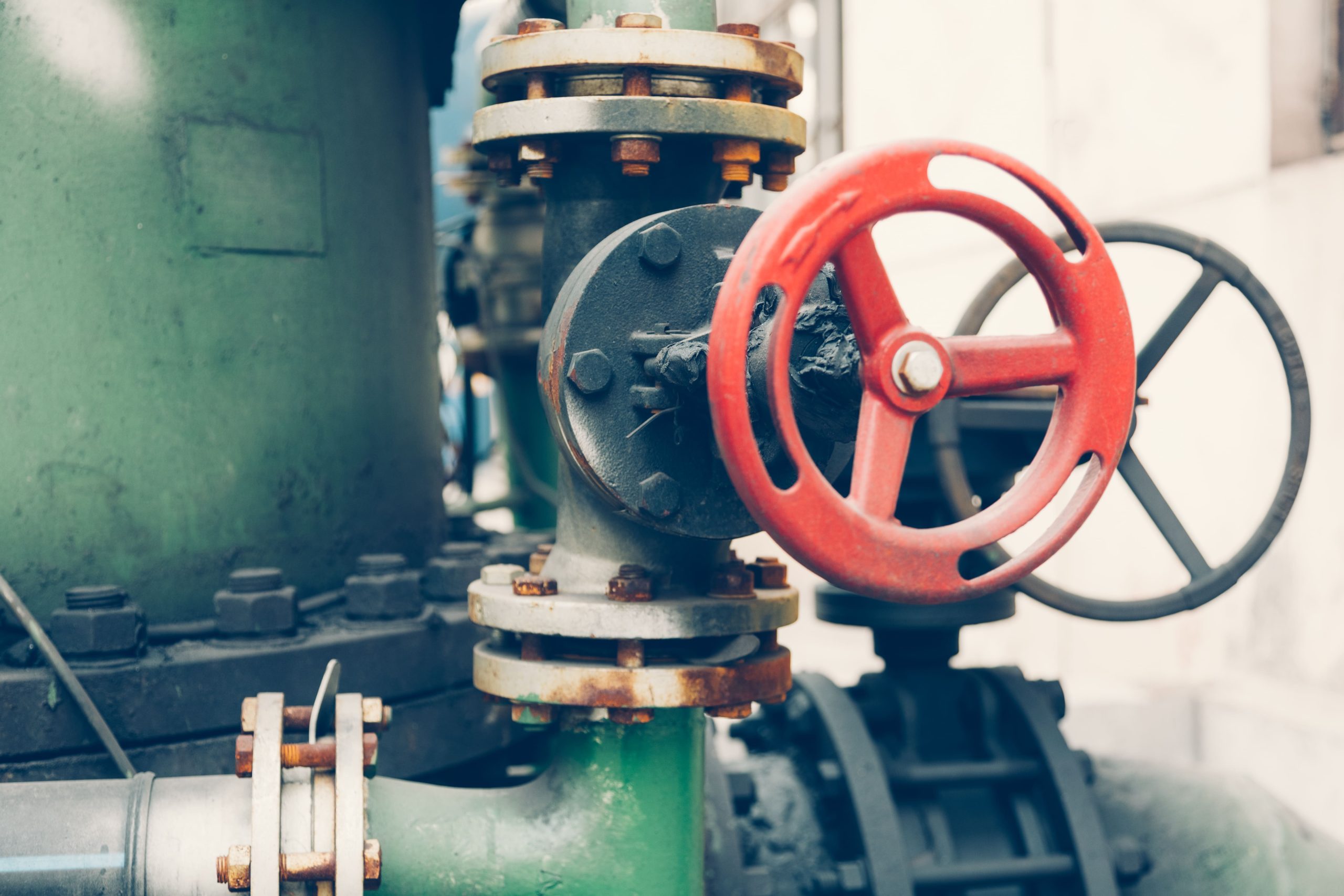
Your companion to manage life, asset and environmental risks
We deliver expert risk management consulting, training and research services to a variety of industries.

A trusted voice to tackle uncertainties, facilitating critical decision making
Our talented team excels in creative problem-solving, effective communication, strategic management, and agile learning.
Services
Our team is committed to provide creative engineered solutions, promote safety culture, and explore the best available technologies.
Consultancy
Seek into a wide range of engineered solutions coinciding your targeted risk profile.
Training
Majority of our consulting services are accessible through comprehensive training courses.
Research
Explore collaboration opportunities to meet your evolving needs in a safe and sustainable manner.
Sectors
Variety of industrial sectors take benefit from our risk management solutions.
Latest Articles
Latest News

Global Gas Flaring Tracker 2023 Report: Global Gas Flaring Volumes Fell by Around 3% In 2022
Global Gas Flaring Tracker 2023 Report, considers the ‘state of the science’ and the uncertainty surrounding methane destruction efficiency of flares. Globally, CO2 equivalent emissions due to flaring could be higher than previously estimated, the new report suggests. This year’s report finds that 139 billion cubic meters (bcm) of gas was flared at upstream oil and gas facilities across the globe in 2022. This wasted gas could displace dirtier sources of energy and increase energy access in some of the world’s poorest countries. Routine gas flaring also represents a lost opportunity to provide many countries worldwide with much needed energy security. Indeed, energy security has been a critical consideration throughout 2022, and reassuringly the estimates find that even as many countries have shifted away from importing Russian oil and gas, this has not resulted in a noticeable increase in Russian flaring. At the same time, it finds that the energy sources that many countries are turning to have, in many cases, been produced by countries who are also taking steps to reduce their gas flaring. Three countries—Nigeria, Mexico, and the United States— accounted for most of the decline in global gas flaring in 2022, with two other countries—Kazakhstan and Colombia— standing out for consistently reducing flaring volumes in the last seven years. Two developing countries—Algeria and Egypt—also give us hope that progress on gas flaring reduction will accelerate as key ingredients for success, such as effective regulation, political will, and infrastructure are put in place. In both countries, we see noteworthy flaring reductions over the last few years but, perhaps more importantly, there are clear opportunities and efforts to further reduce flaring and utilize associated gas. Urge is on all governments and operators to carefully assess how they produce oil and gas and identify and seize opportunities for effective and long-term flaring reduction.

AL JAZEERA AND NEWS AGENCIES: Qatar Announces New Gas Output Boost with Mega Field Expansion
Qatar has announced new plans to expand output from the world’s biggest natural gas field, south pars (north dome), saying it will boost capacity to 142 million tonnes per annum (mtpa) before 2030. The Field expansion, named North Field West, will add a further 16 million tonnes of liquefied natural gas (LNG) per year to existing expansion plans, Qatar’s Energy Minister Saad Sherida al-Kaabi said at a news conference on Sunday. “Recent studies have shown that the North Field contains huge additional gas quantities estimated at 240 trillion cubic feet, which raises the state of Qatar’s gas reserves from 1,760 [trillion cubic feet] to more than 2,000 trillion cubic feet,” said al-Kaabi, who also heads the state-owned company QatarEnergy. This will bring Qatar’s production capacity to 142 million tonnes once “the new expansion is completed before the end of this decade” – a nearly 85 percent rise from current production levels, al-Kaabi added. The QatarEnergy chief said the firm will “immediately commence” with engineering works to ensure the expansion is completed on time. Qatar is one of the world’s top LNG producers alongside the United States, Australia and Russia. Asian countries led by China, Japan and South Korea have been the main market for Qatari gas, but demand has also grown from European countries since Russia’s war on Ukraine threw supplies into doubt.

NIOC CEO: South Pars Gas Field Pressure-boosting Project to Generate $900b in Revenue
NIOC CEO: South Pars Gas Field Pressure-boosting Project to Generate $900b in Revenue The National Iranian Oil Company (NIOC) managing director said on Sunday the implementation of the pressure-boosting project in the joint South Pars (SP) gas field in the Persian Gulf will generate $900 billion in revenue. Speaking during the signing ceremony of contracts for the strategic project, Mohsen Khojastehmehr added the project worth $20 billion will help extract 90 trillion cubic feet of gas and two billion barrels of gas condensates more from the giant field. According to the deputy oil minister, 38 platforms consisting of production and logistics platforms are operating in the South Pars gas field and 14 pressure-boosting platforms will be used for carrying out the project. Pars Oil and Gas Company (POGC) and several Iranian companies – Nargan, Petropars, Oil Industries Engineering and Construction (OIEC), Khatam al-Anbiya Construction Headquarters and MAPNA Group,– signed the contracts in the presence of Oil Minister Javad Owji and Khojastehmehr. The world's biggest gas field is shared between Iran, which calls its share South Pars, and Qatar, which calls it North Field, also known as North Dome.











